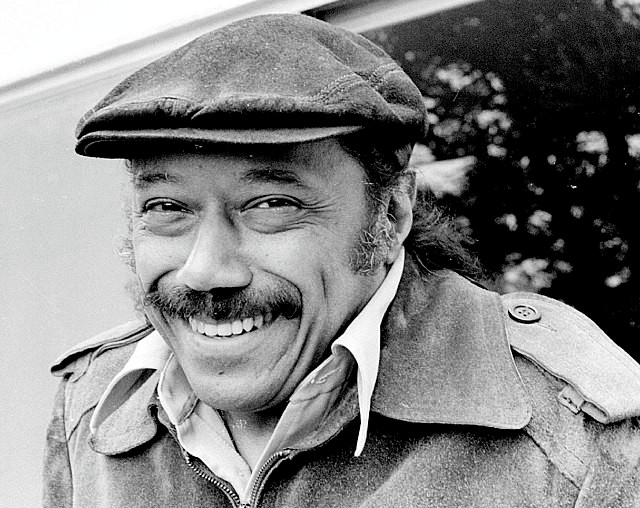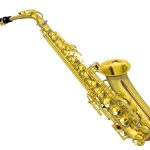
Horace Silver – Song for My Father
In the mid-1960s, as jazz continued to evolve beyond hard bop, pianist and composer Horace Silver carved out a space uniquely his own—melodic, soulful, and rhythmically adventurous.
Among his many celebrated works, none has resonated more deeply than “Song for My Father.”
A personal and heartfelt tribute to his Cape Verdean father, this track combines family roots with rhythmic innovation in a way that has left a lasting mark on jazz history.
Background and Origins
“Song for My Father” was recorded in 1964 and released in 1965 as the title track of Silver’s iconic Blue Note album Song for My Father.
Silver’s father was born in Cape Verde, a West African island nation with strong Portuguese cultural ties, and the tune reflects that heritage through its unmistakable Latin rhythmic foundation.
According to Silver, he was inspired to write the tune after a trip to Brazil and Cape Verde.
The warmth, rhythm, and melodic simplicity he encountered during his travels are captured in the song’s gently swaying groove and singable piano line.
Musical Characteristics
From the very first notes, “Song for My Father” grabs the listener with a syncopated bassline and a lightly swinging bossa nova feel.
The piano introduces a graceful melody—lyrical, nostalgic, and instantly memorable.
Despite its simplicity, the tune carries emotional weight, evoking longing, comfort, and dignity.
The piece blends Latin and hard bop sensibilities effortlessly.
Horn solos, usually from tenor saxophone and trumpet, follow the melody with soulful elegance, while Silver’s piano remains rhythmically playful and harmonically grounded throughout.
Cultural Impact and Legacy
“Song for My Father” quickly became one of Horace Silver’s most popular and enduring compositions.
Its appeal extended far beyond the jazz world—most notably, Steely Dan famously borrowed the intro for their 1974 hit “Rikki Don’t Lose That Number,” a testament to the tune’s cross-genre resonance.
The piece has become a staple of jazz education, big band arrangements, and jam sessions worldwide.
Its approachable melody and infectious rhythm make it an ideal introduction to jazz for newcomers, while still offering rich material for seasoned players to explore.
Conclusion
“Song for My Father” is more than a great jazz tune—it’s a personal offering wrapped in universal emotion.
By merging Latin rhythm, bluesy phrasing, and heartfelt tribute, Horace Silver crafted a work that feels both intimate and timeless.
It may not shout, but it speaks volumes.
Its warmth lingers long after the final chord, inviting listeners to reflect, remember, and sway along to a rhythm born of love.
More than 100 million songs in CD quality. 7 million in better-than-CD sound.
🎧 Start your free trial with Amazon Music Unlimited now!

